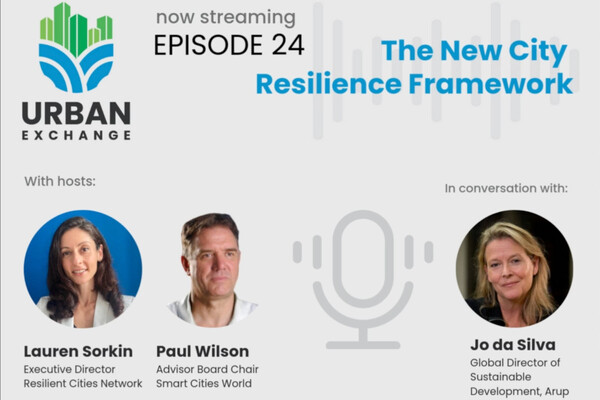Special Reports
SusHi Tech Tokyo 2024: experience ‘Tokyo 2050’ todaySponsored by The SusHi Tech Tokyo 2024 Showcase Program Executive Committee
How large buildings can take advantage of energy disaggregation without installing submeters and sensors, by LEM’s Patrick Schuler
A more innovative way to obtain appliance-specific information is by the disaggregation of total power consumption data acquired at the main breaker level.

Since energy costs are escalating and governments are enforcing energy efficiency regulations, companies are looking for ways to understand their energy consumptions and reduce peak demand charges. They also want to take advantage of utility company peak-demand saving incentives, which involve shedding electrical loads at certain times of the day.
However, buildings consume energy to power heating, air conditioning, lighting, signage and electrical appliances and it can be difficult to work out exactly where to make the savings; they need details of the electrical usage if they are to develop energy efficiency strategies.
The traditional intrusive method can include installing several submeters capable of monitoring circuits in each supply closet, and there may be several throughout the building leading to many submeters mounted close together. This is costly and requires significant installation and maintenance efforts.
A more innovative way to obtain appliance-specific information is by the disaggregation of total power consumption data acquired at the main breaker level.
The non-intrusive appliance load monitoring (NIALM) method uses a single point of power measurement combined with signal processing techniques.
This energy disaggregation technique includes a set of statistical approaches for extracting equipment and appliance level data from an aggregate or whole building energy signal without any plug level sensors.
The whole building consumption data can be collected using a split-core current transformer, an electrical component made of ferrite material with a jaw that opens to allow non-intrusive clamping on an electrical wire on the main circuit of the building, attached to a NIALM submeter.
An NIALM submeter undertakes the real-time power consumption breakdown and analysis, and then transmits energy consumption data to a gateway that sends the readings to cloud-based storage. The building manager uses an energy management application on the data to identify ways to reduce power consumption.
The advantages of ferrite materials in energy measurement
though ferrite materials for current transformer sensors have been well known for years, their poor performance in saturation level and magnetic permeability did not allow their use at frequencies as low as 50 to 60Hz.
However, recent developments have revolutionised the characteristics of ferrite at these frequencies, bringing advantages to a wide range of power monitoring applications.
The new types of ferrite have significantly improved permeability and can be implemented in 50 to 60Hz current transformers as a substitute for FeSi or FeNi cores, despite the low magnetic saturation level. Split core current transformers using this ferrite can perform accurate measurement of AC signals in an extended frequency range that includes 50 to 60Hz.
They take advantage of the intrinsic ferrite qualities, providing high accuracy and excellent linearity even at very low currents. Following the new IEC 61869-2 standard, they also have low phase-shift between input and output currents, essential for accurate measurement of true active power or energy.
The hard, dense core lets air gaps be reduced and is virtually immune to ageing and temperature changes.
Finally, all the ferrite qualities are available at lower cost, which puts the high performance of split core current transformers on the market at a very attractive price, especially with innovative features like the DIN rail adapter.
Today, the overall signal percentage of correctly reconstructed appliances with NIALM algorithm based submetering is around 80 to 90 per cent and keeps improving.
At a lower cost, real-time energy information and energy disaggregation using split core current transformers can influence consumer behaviour to increase savings and drive engagement.
In addition, energy disaggregation can also perform remote energy audits, measure and validate utility demand-response programmes, and resolve high bill disputes between the utility and building owner.
Patrick Schuler has worked in the internet, telecommunications, smart grid, power electronics and power utility sector for more than 15 years. Since joining LEM in September 2014, he has been responsible for defining the global smart grid offering and managing smart grid business development. Patrick is a member of the IEC’s world smart city community in Geneva and was the former smart grid chairman at the China European Chamber of Commerce in Beijing.
LEM is the market leader in providing innovative and high quality solutions for measuring electrical parameters for a broad range of applications in drives and welding, renewable energies and power supplies, traction, high precision, conventional and green cars businesses.

















